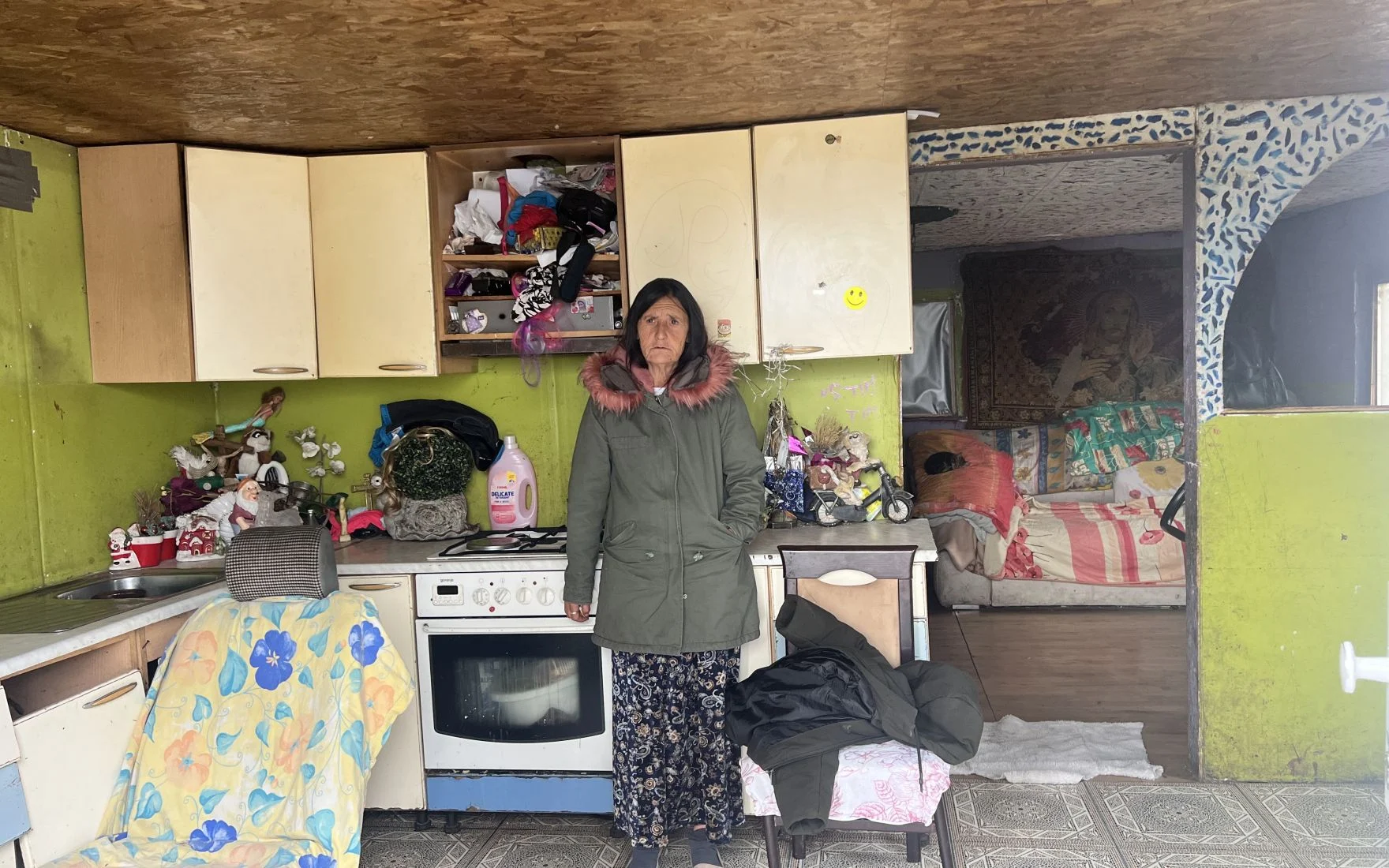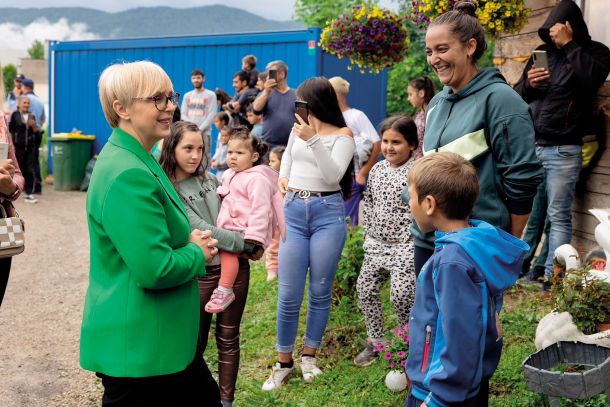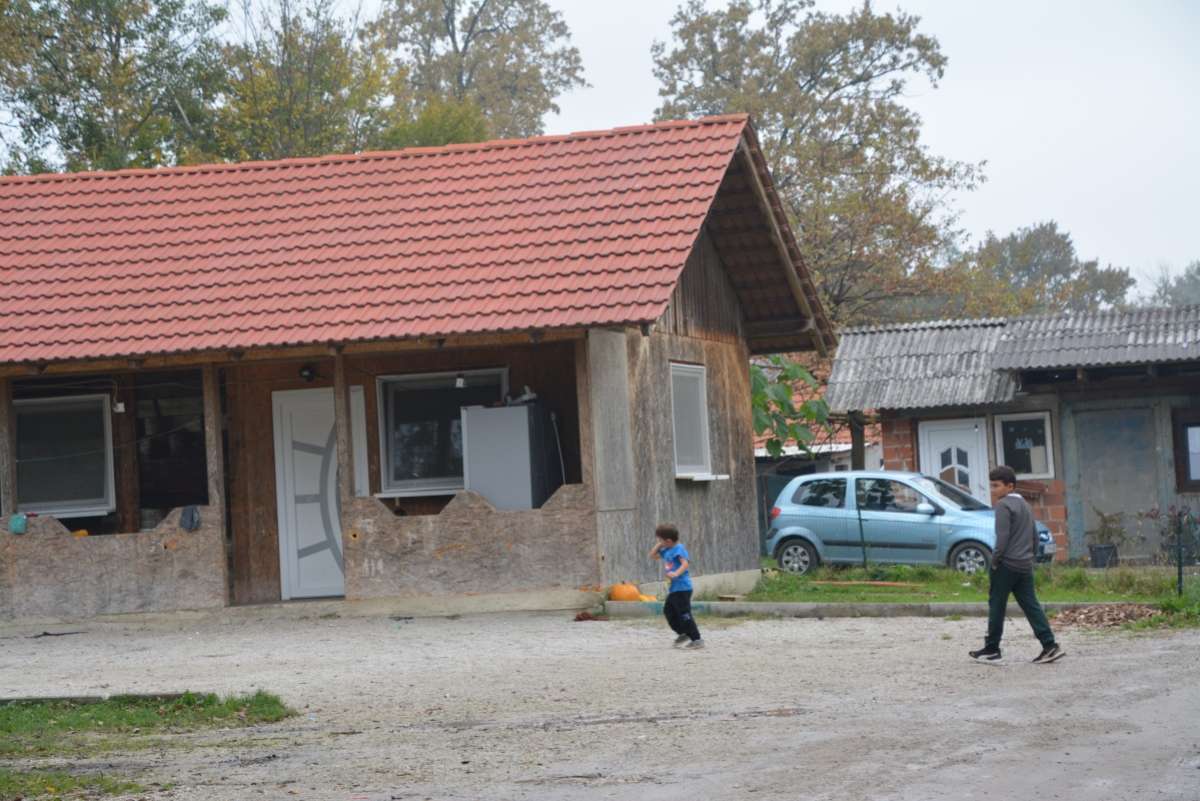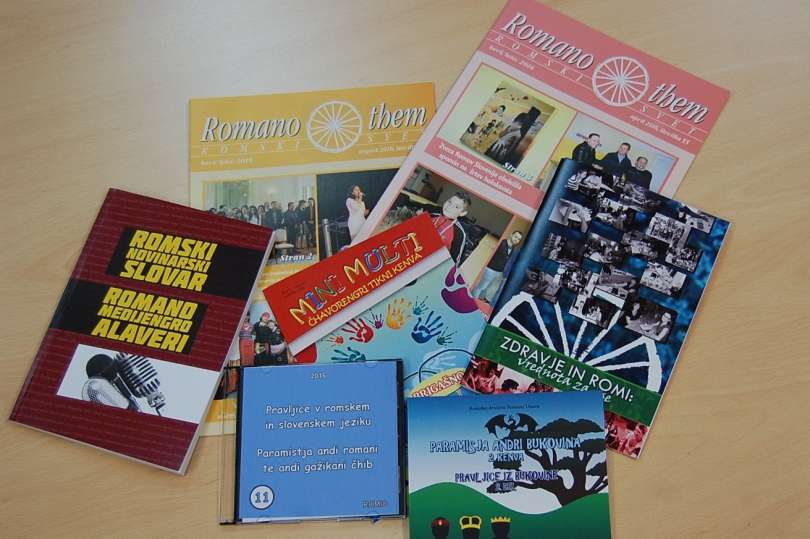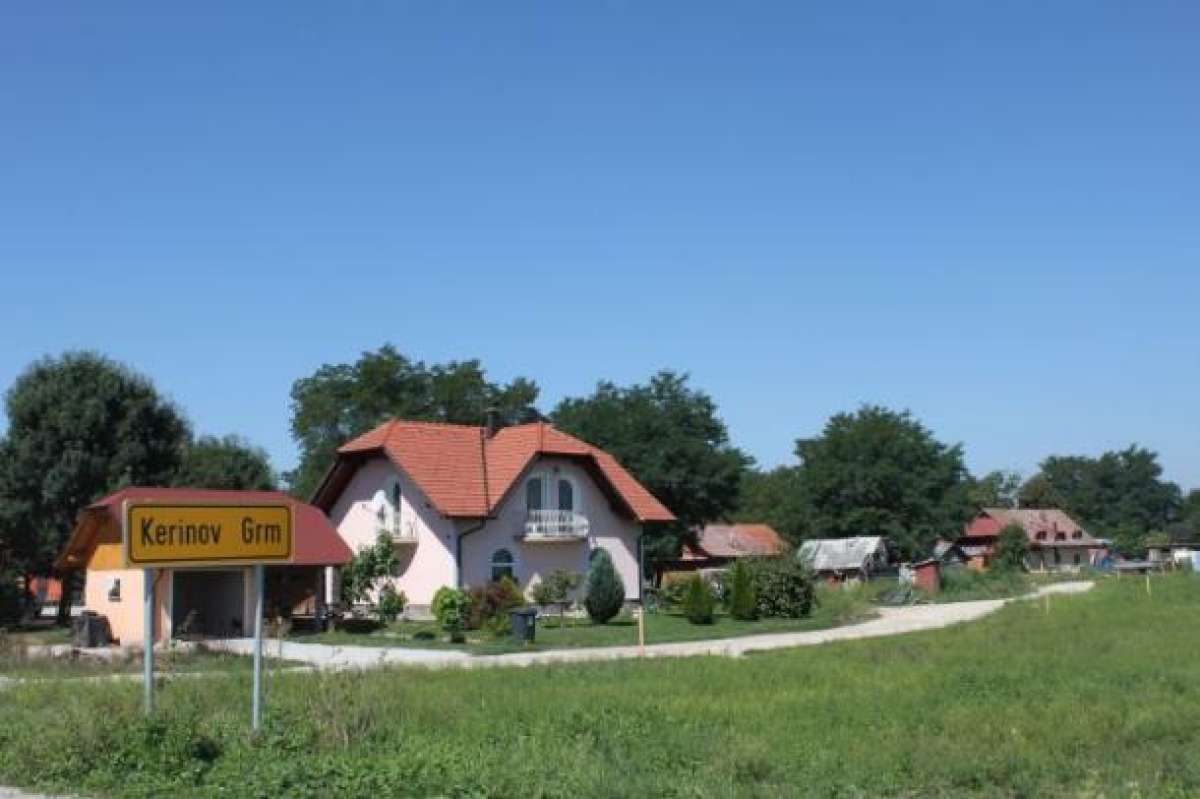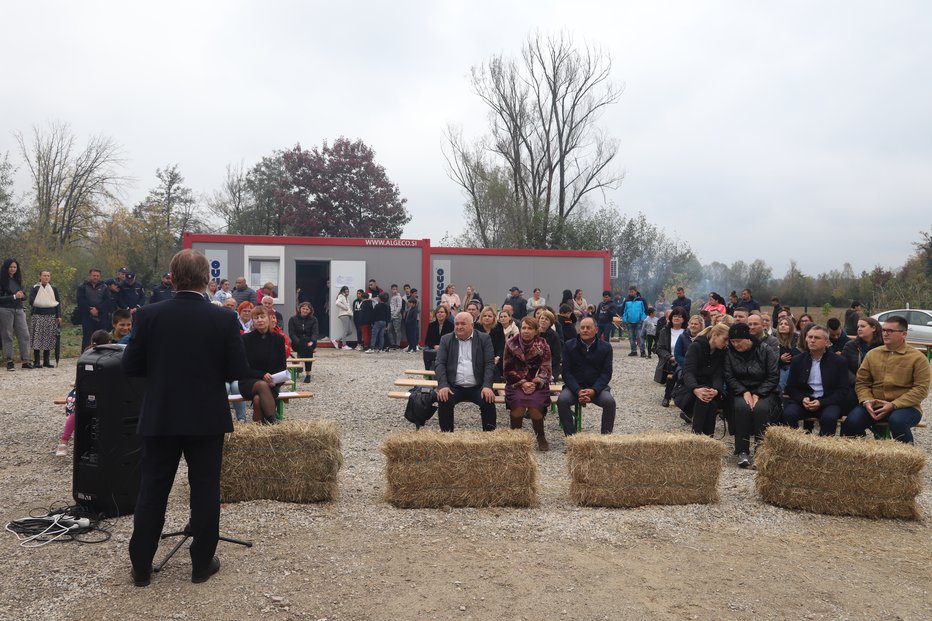An interview of Jasna Hudorovič, a 60-year-old Romni who was born to a single mother in Gornje Lepovče, Ribnica. She has now lived in the Roma settlement in Goriča Vas near Ribnica for forty years and has been without water and electricity her entire life.
This says it all …
- FOTO: Na obisku pri romski družini, ki živi brez vode in elektrike. In: Sobota Info. 24.11.2024. https://sobotainfo.com/novica/lokalno/foto-na-obisku-pri-romski-druzini-ki-zivi-brez-vode-elektrike/262534
